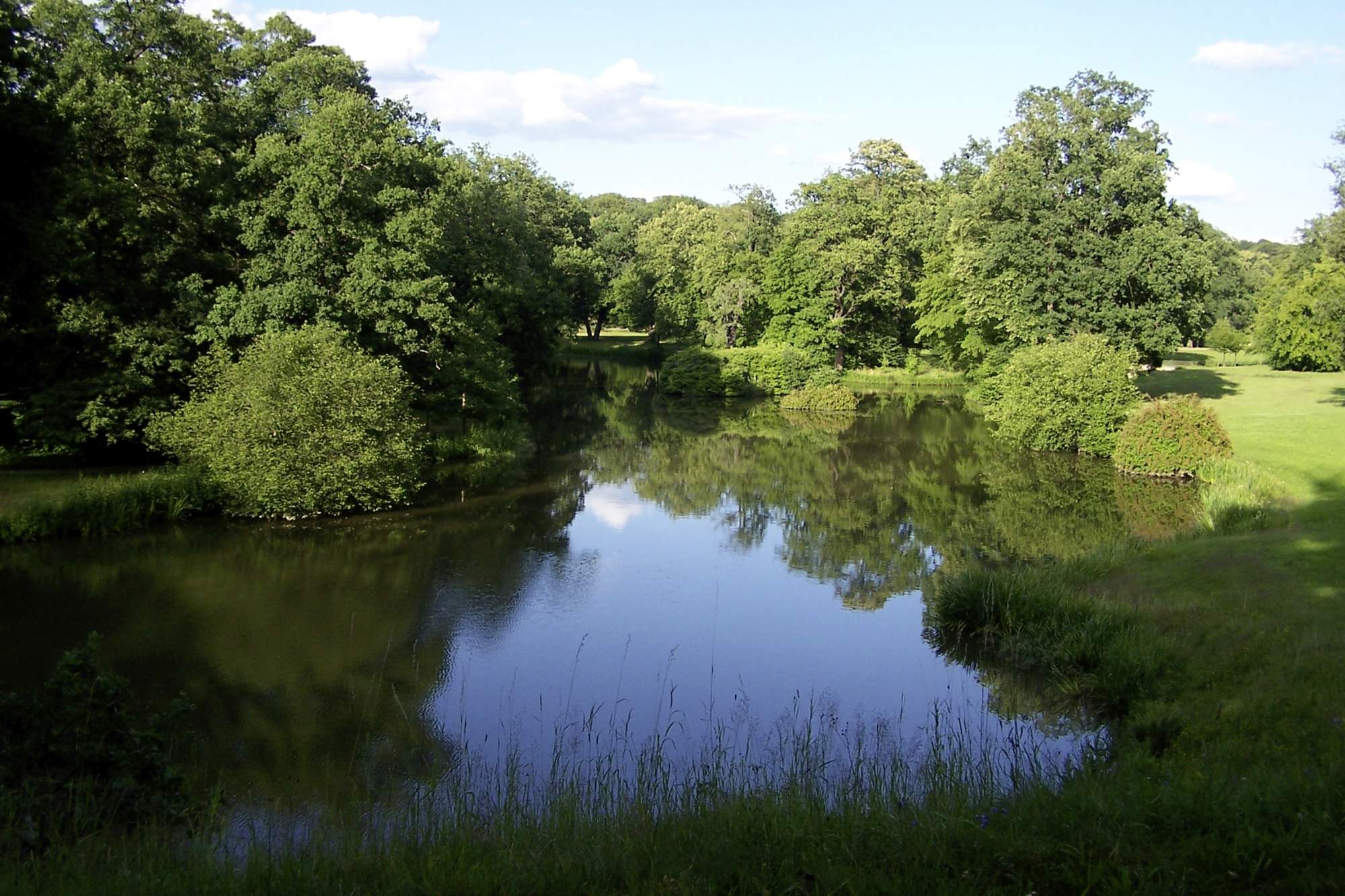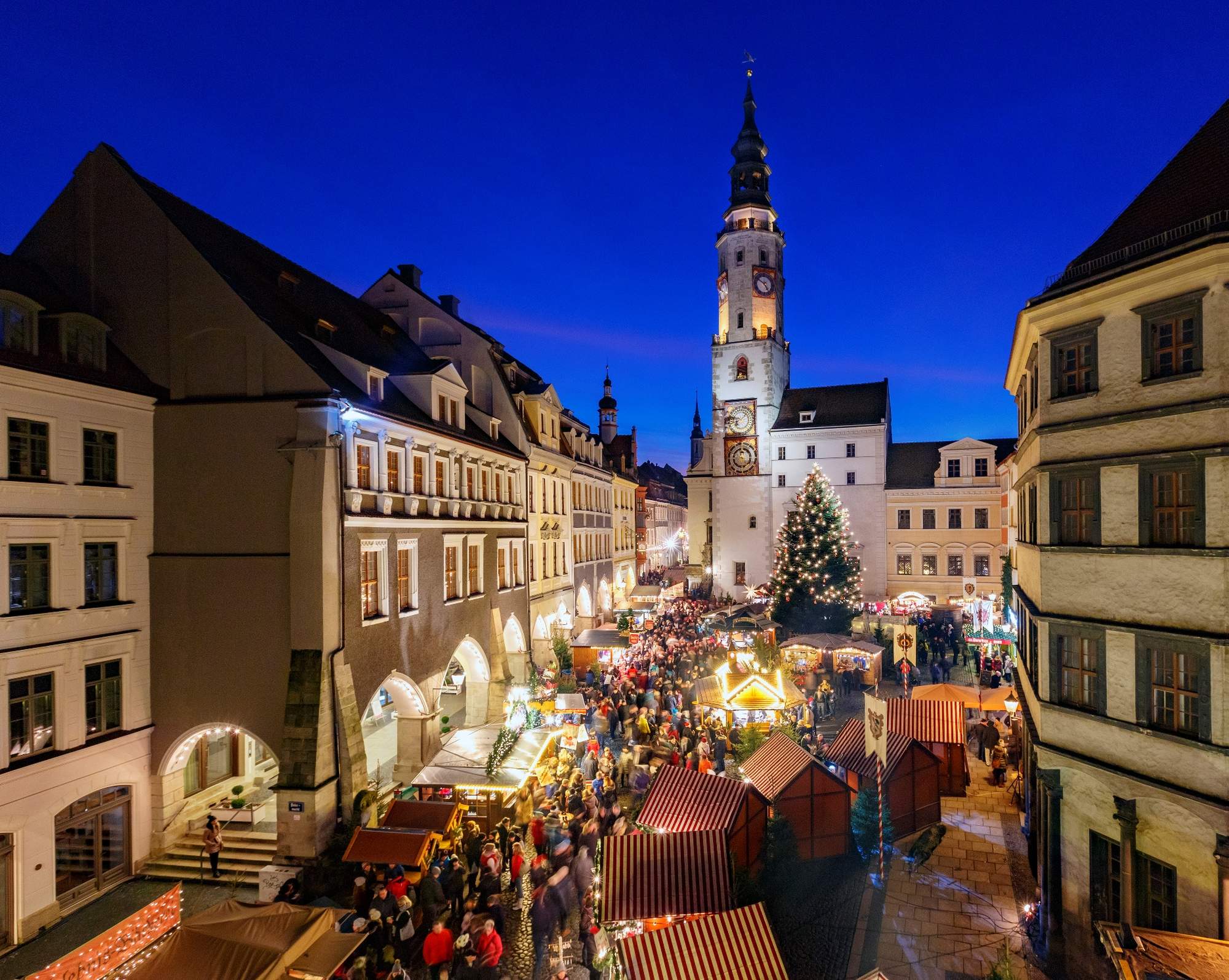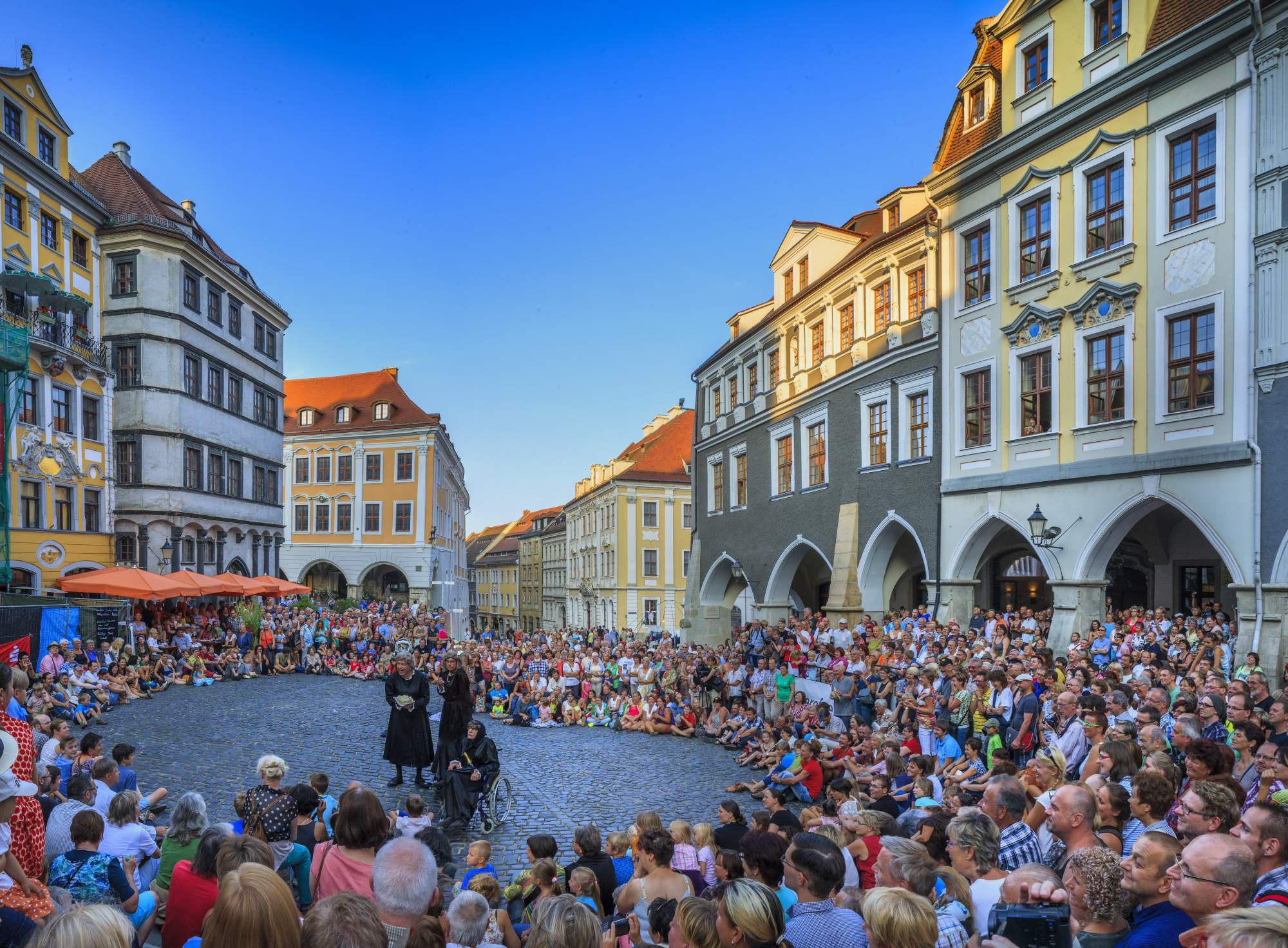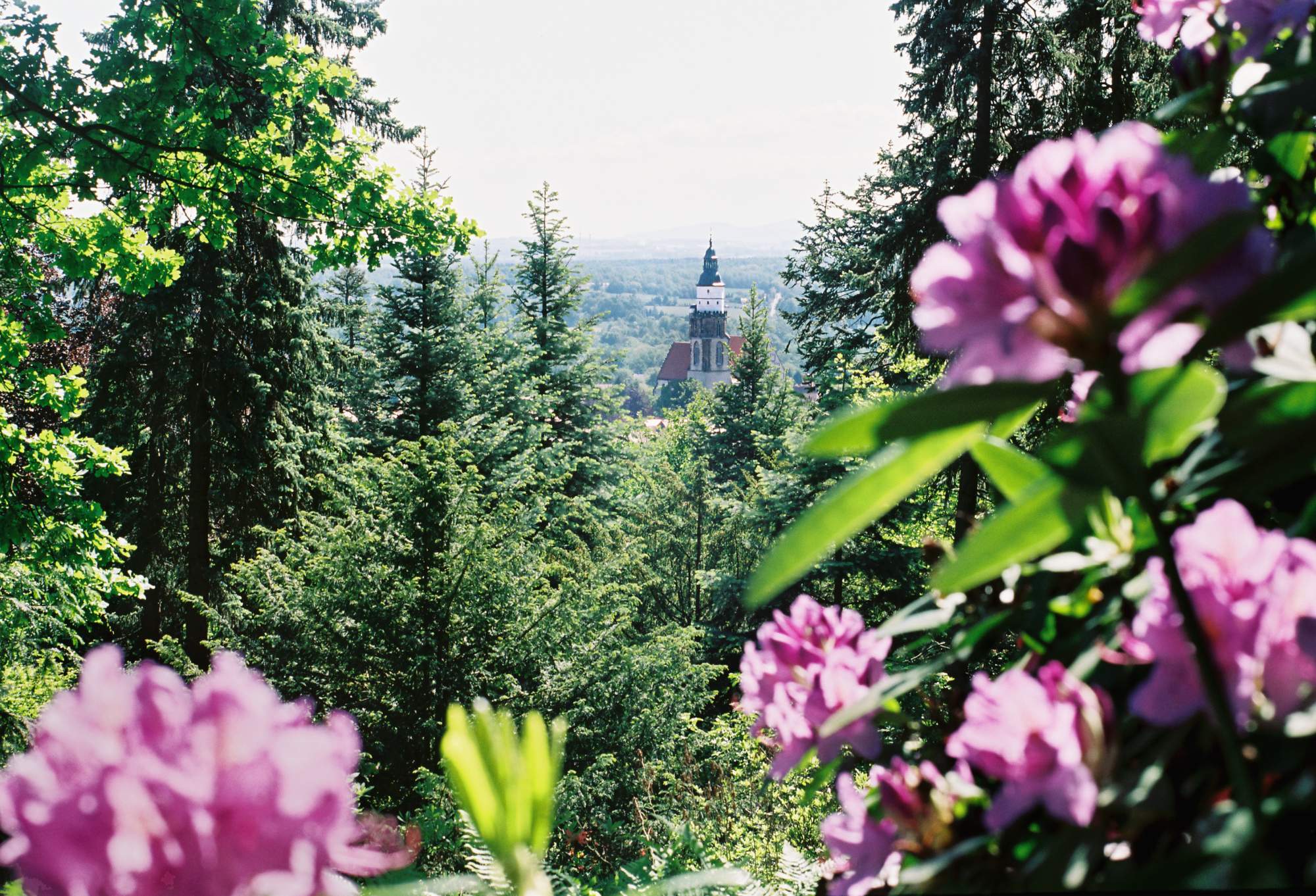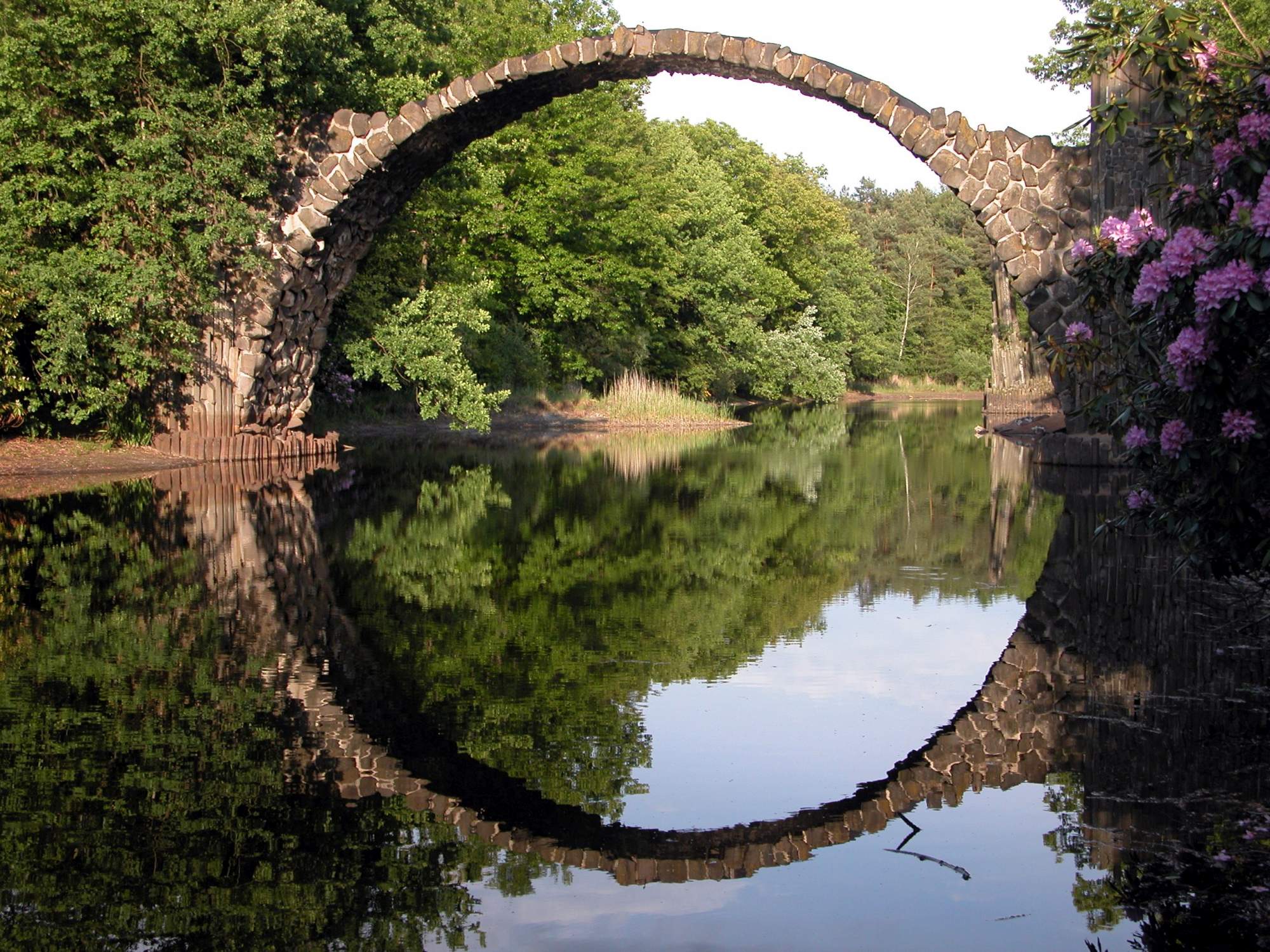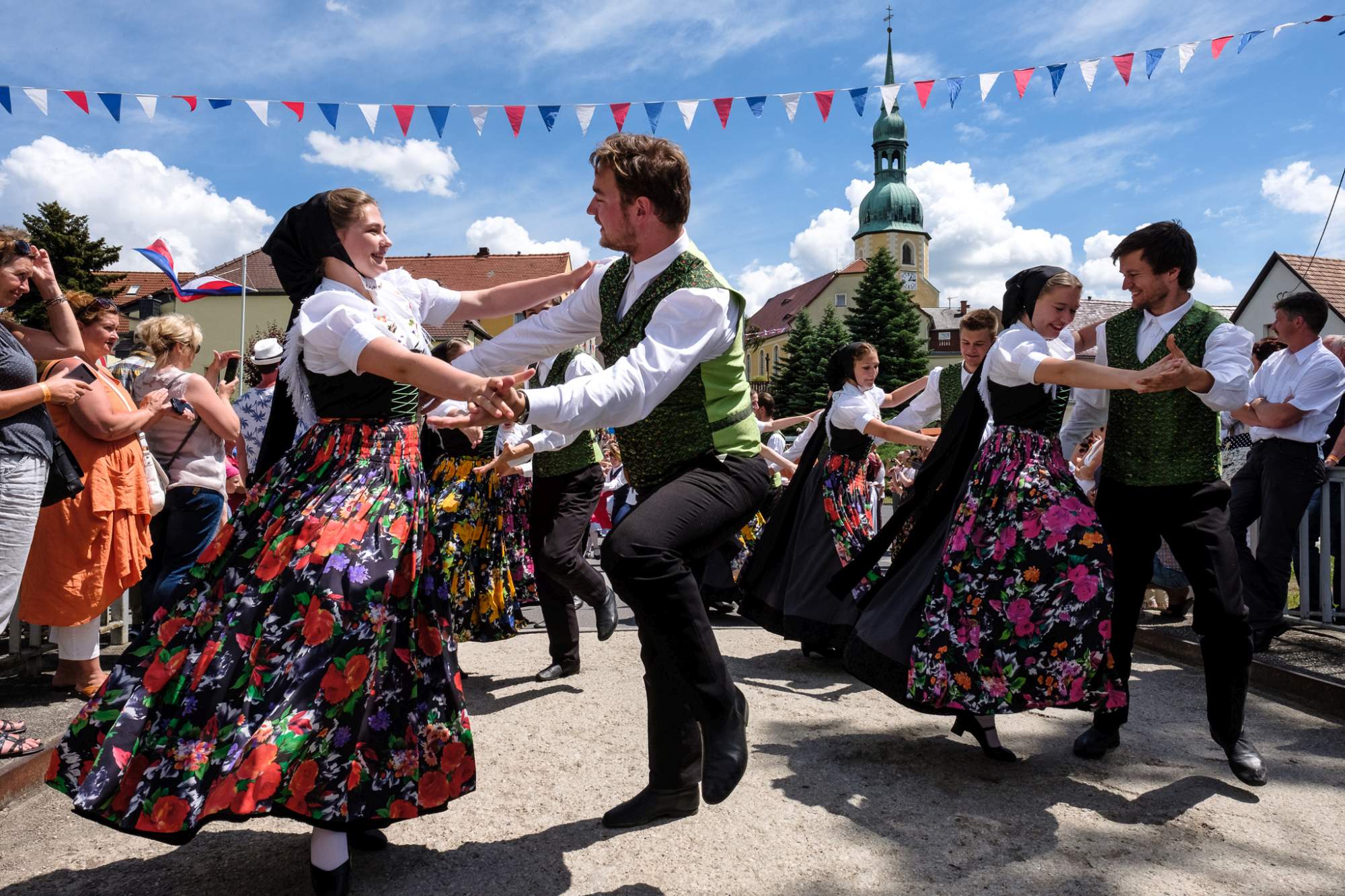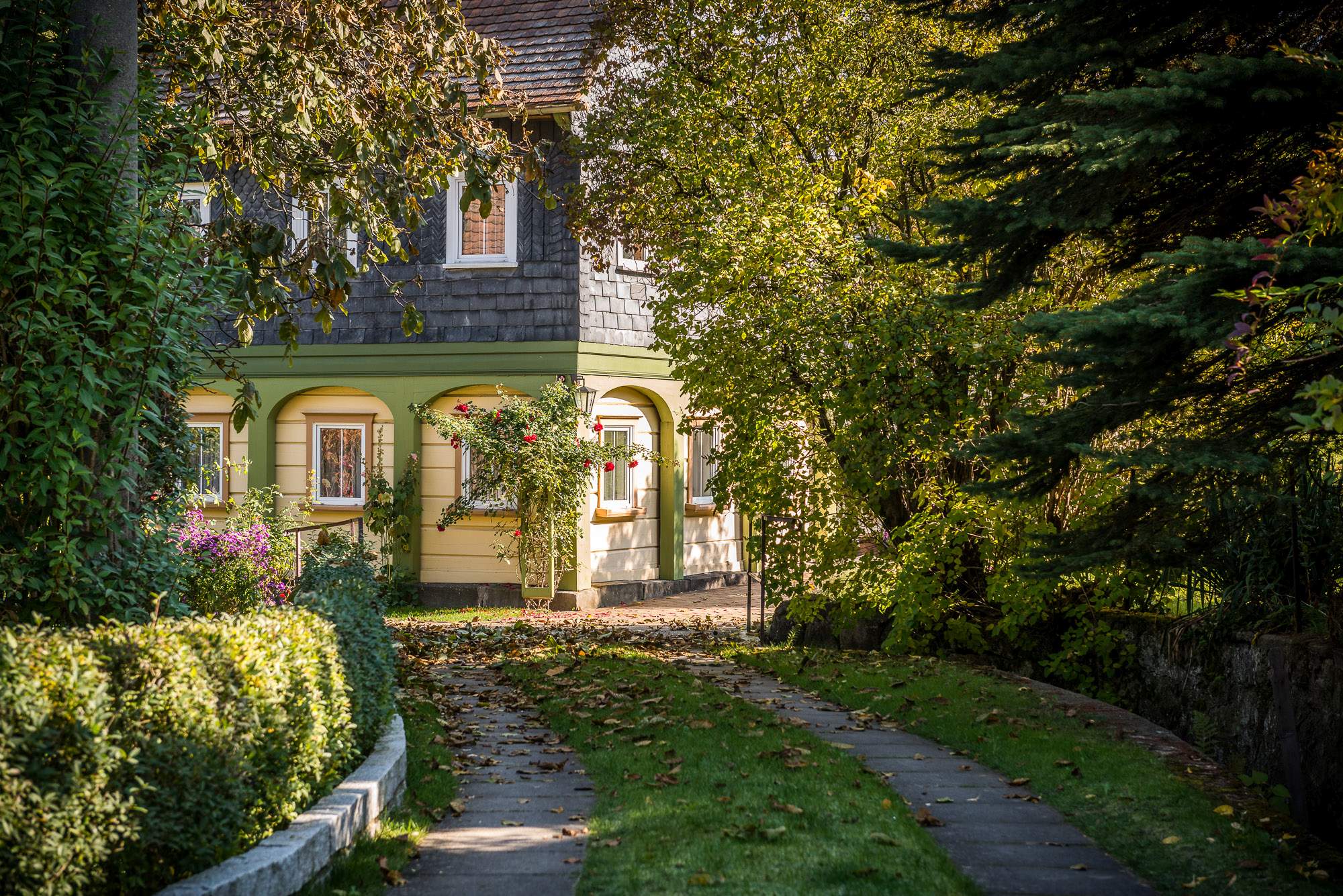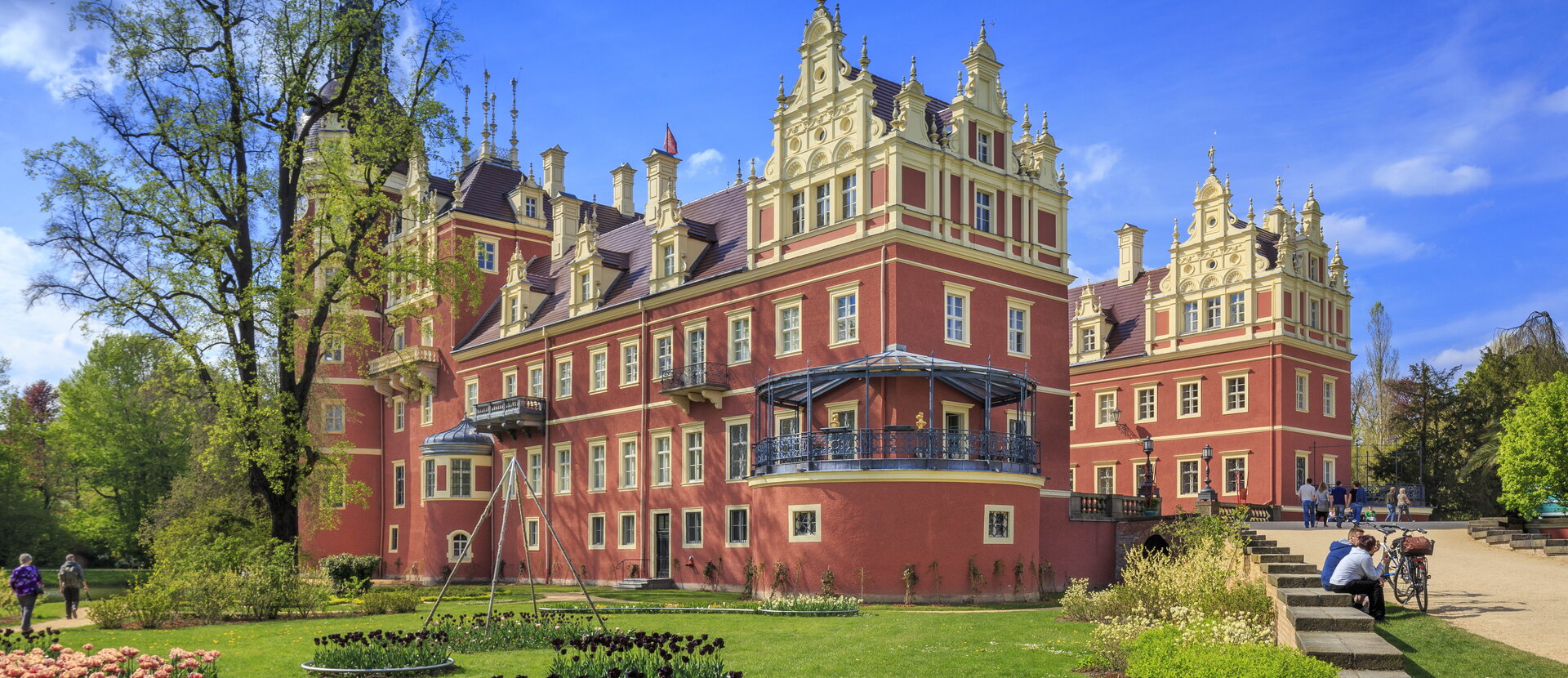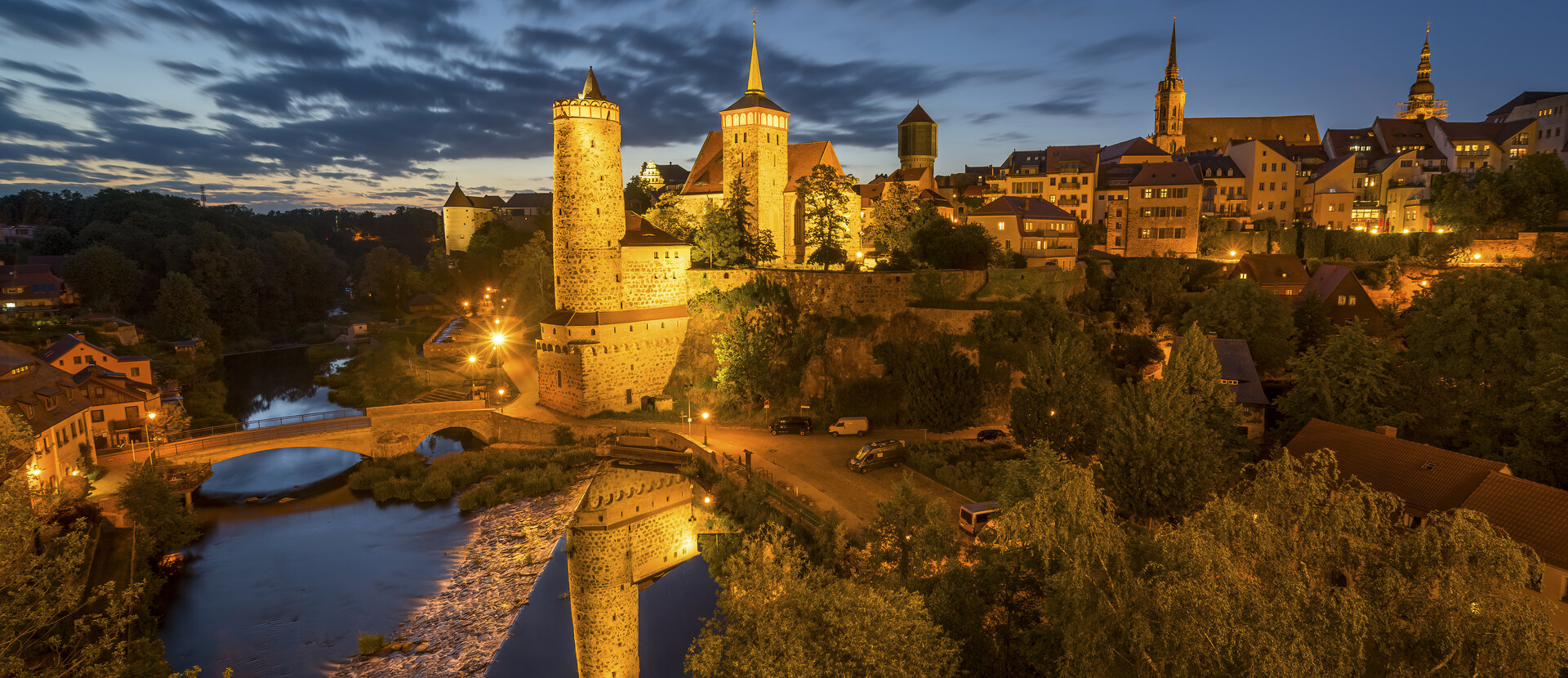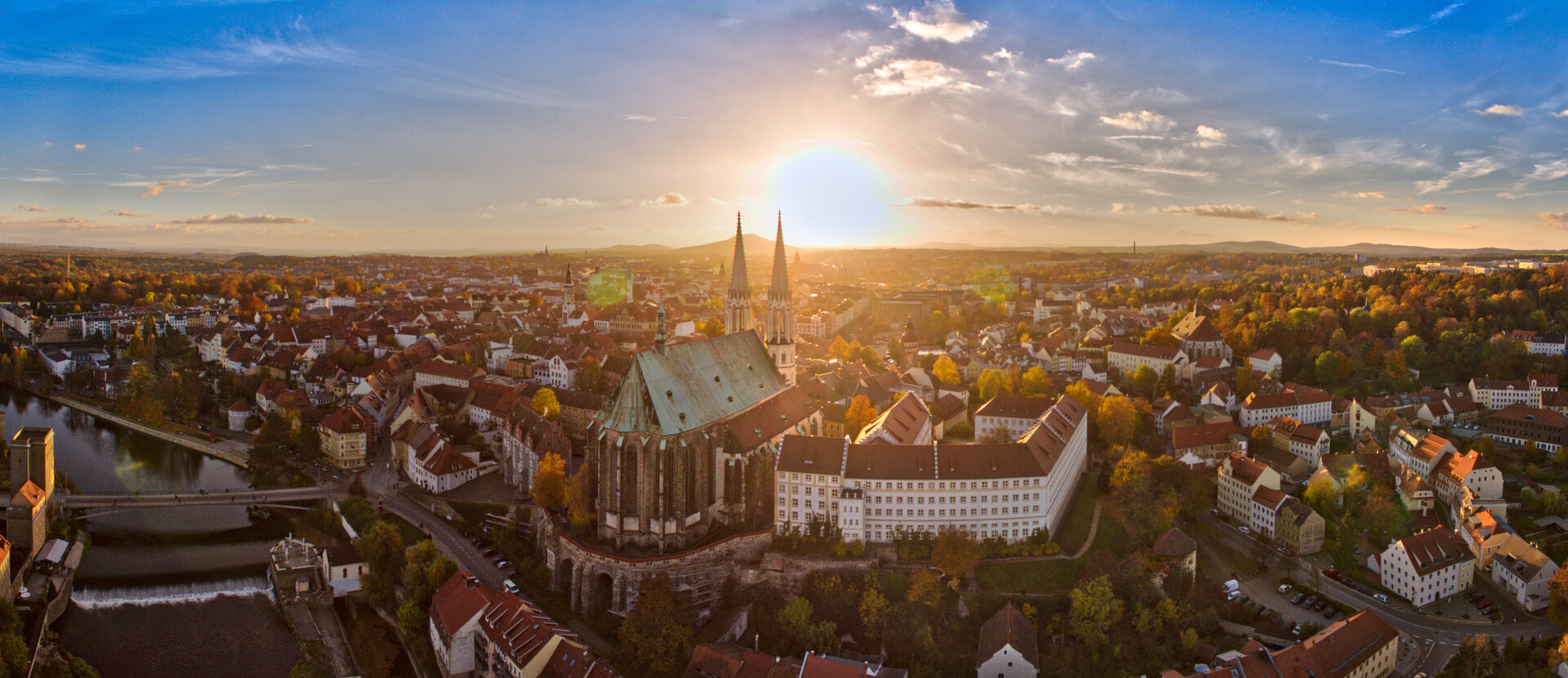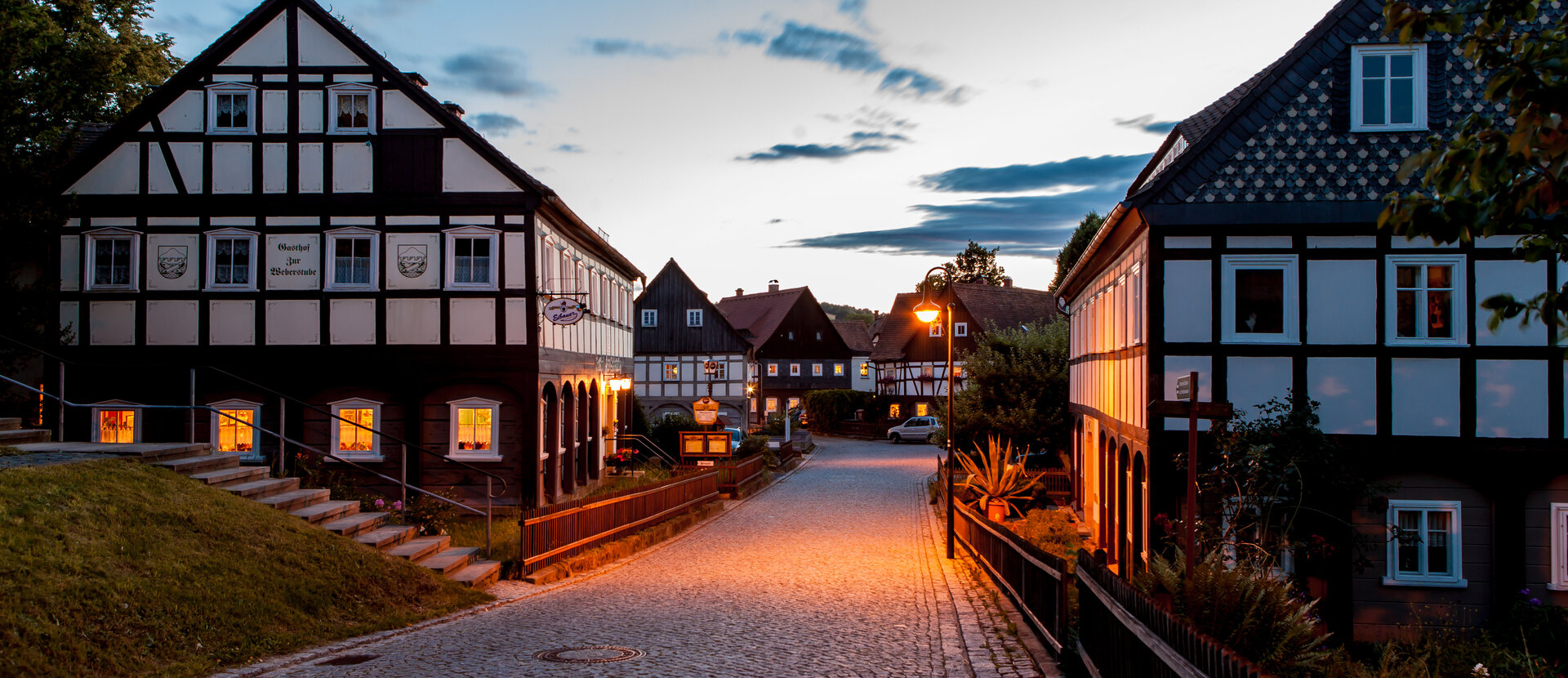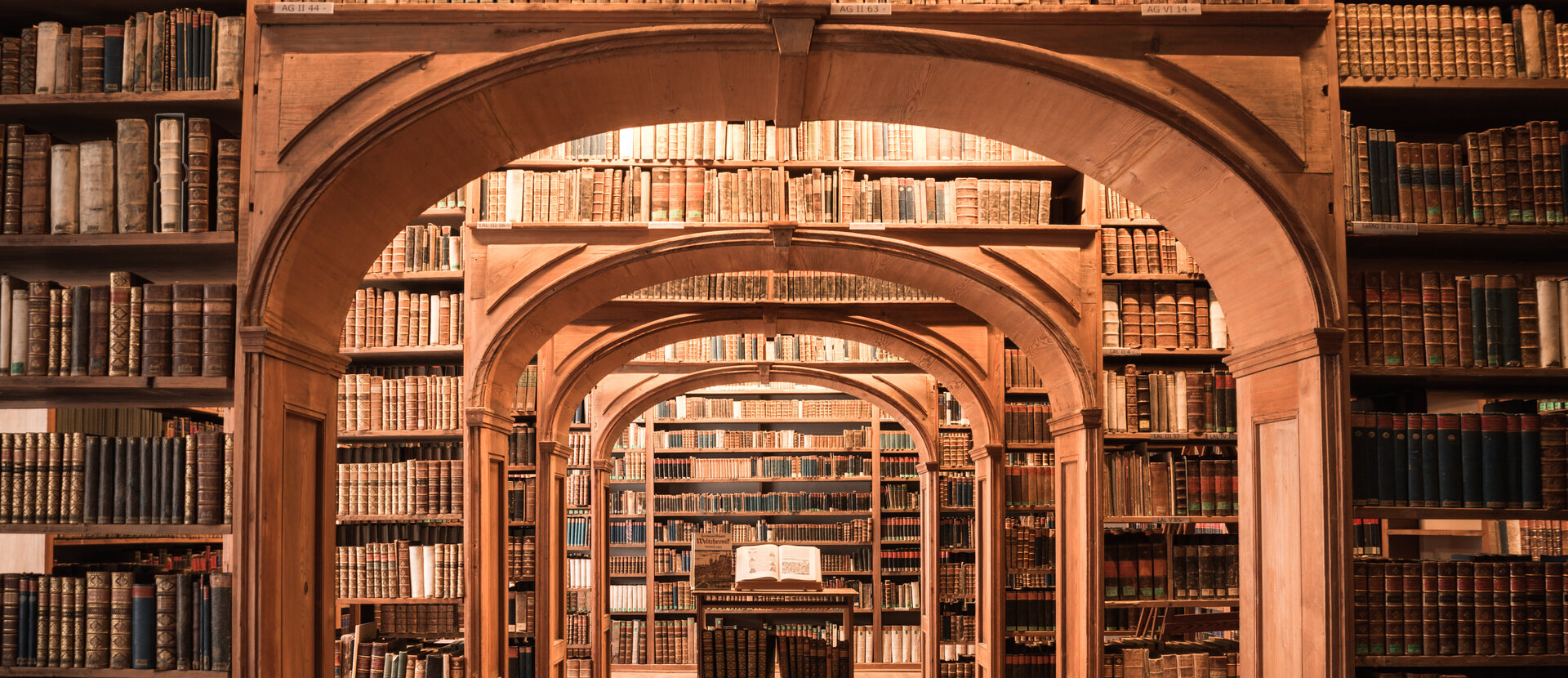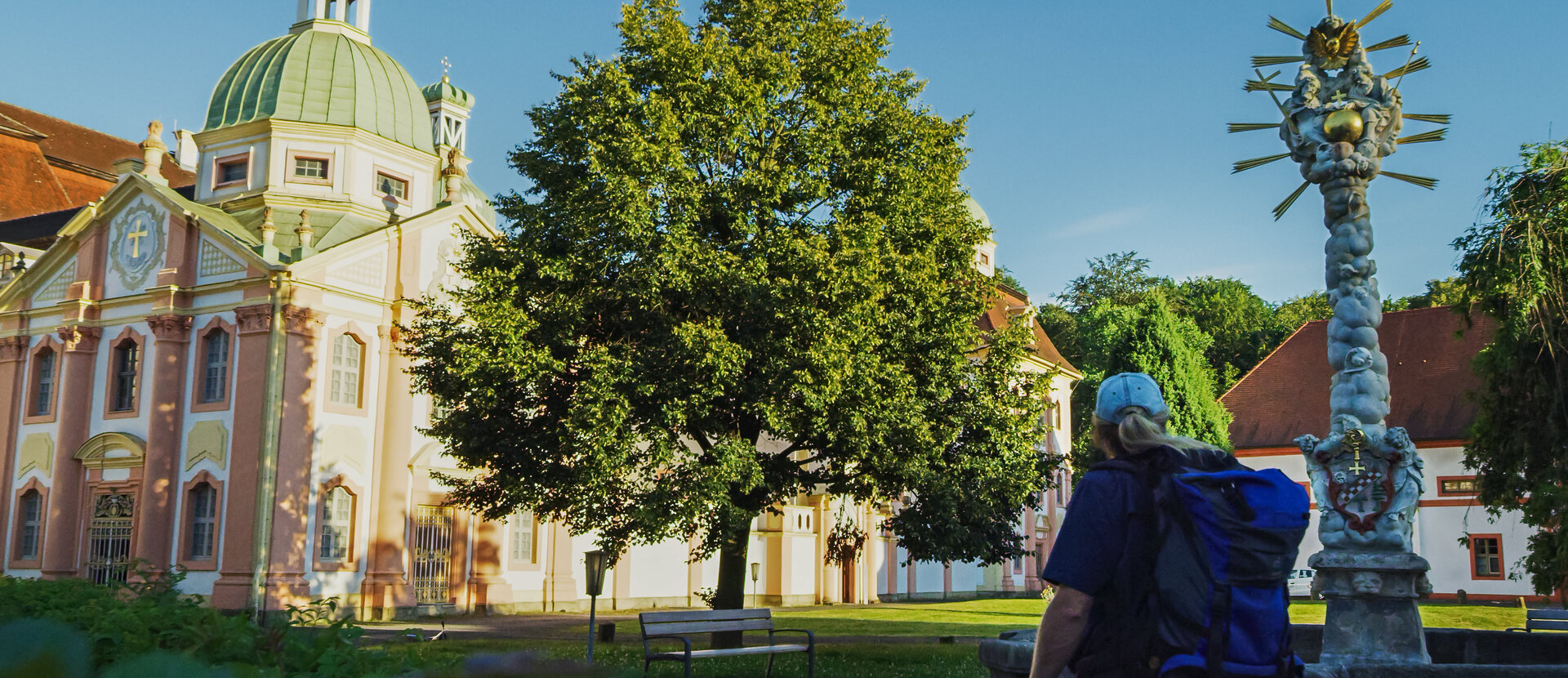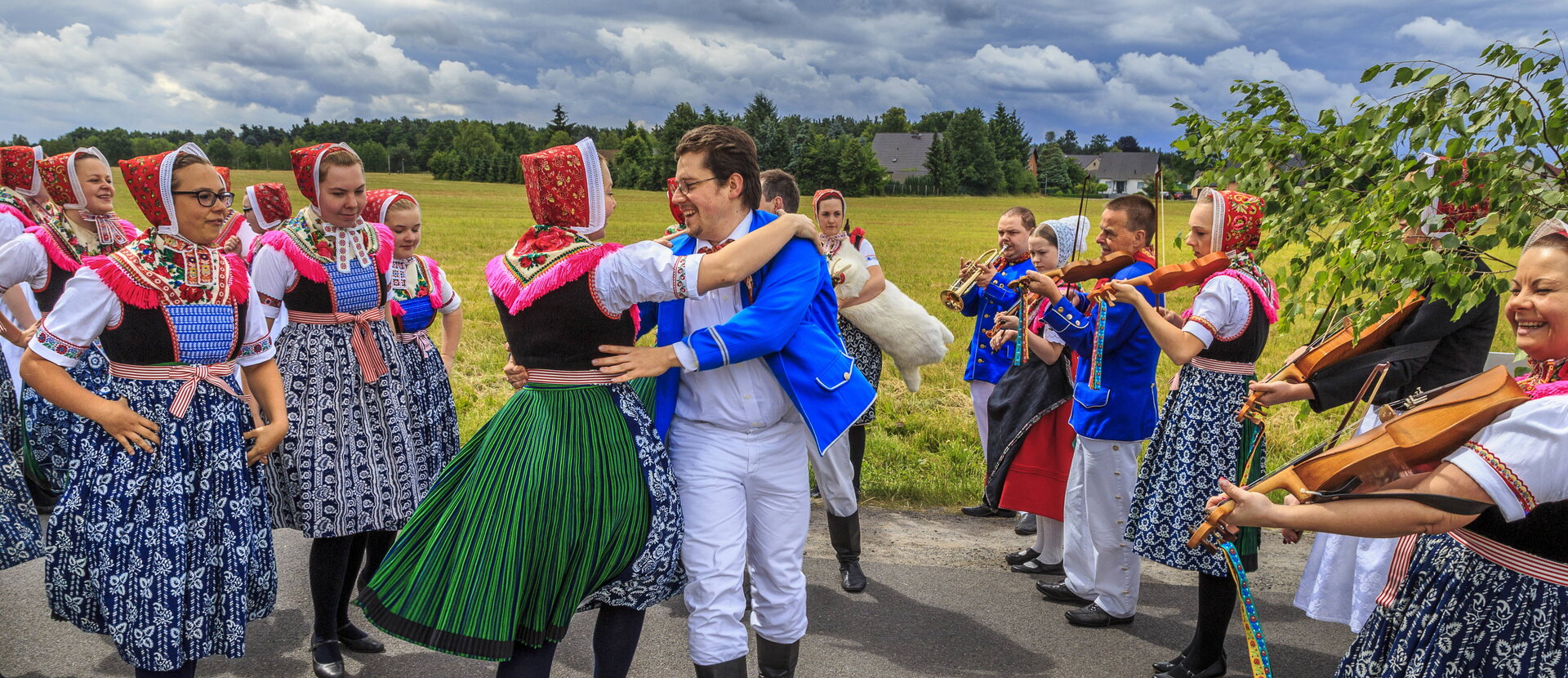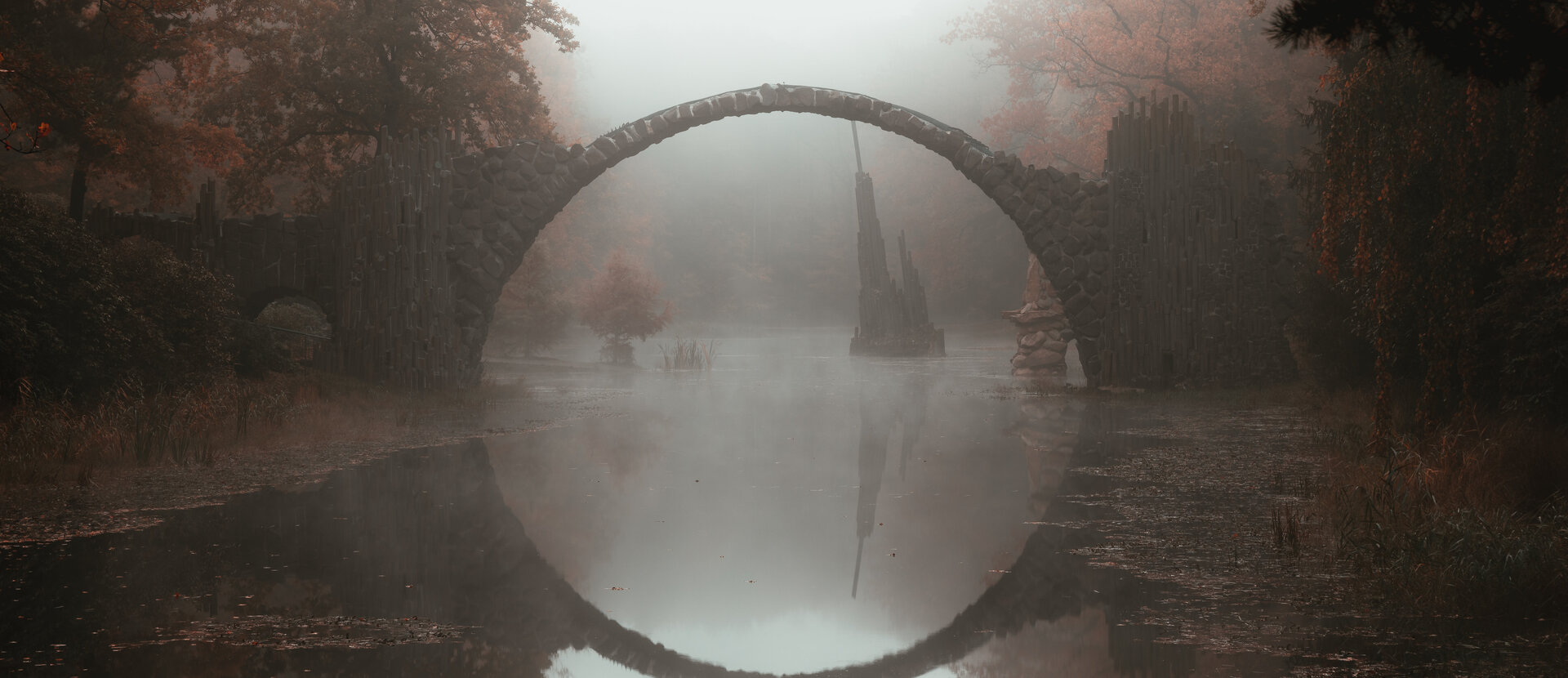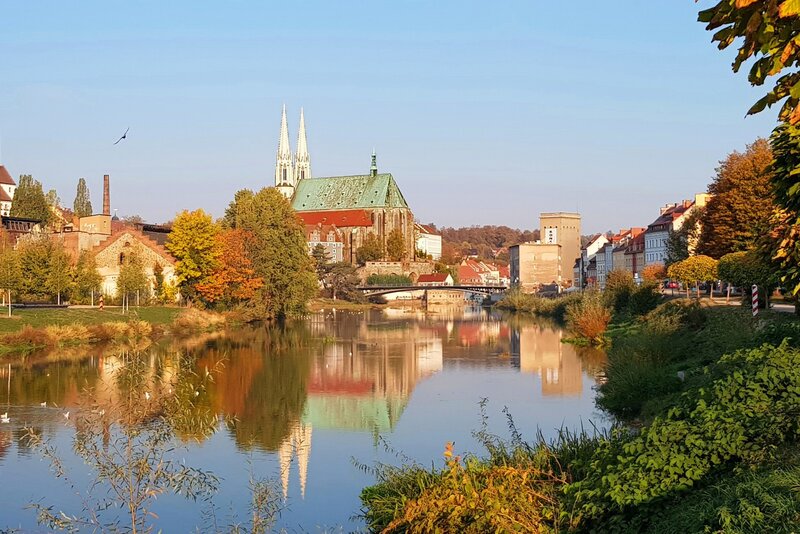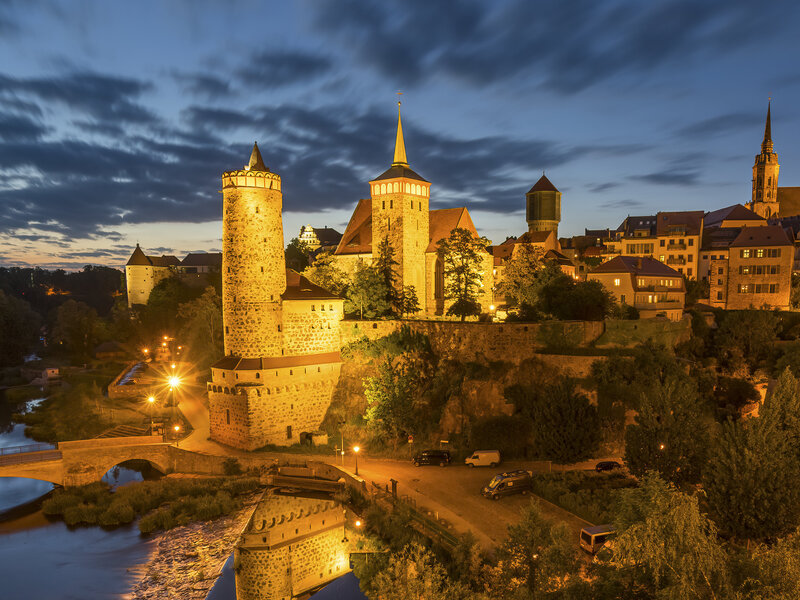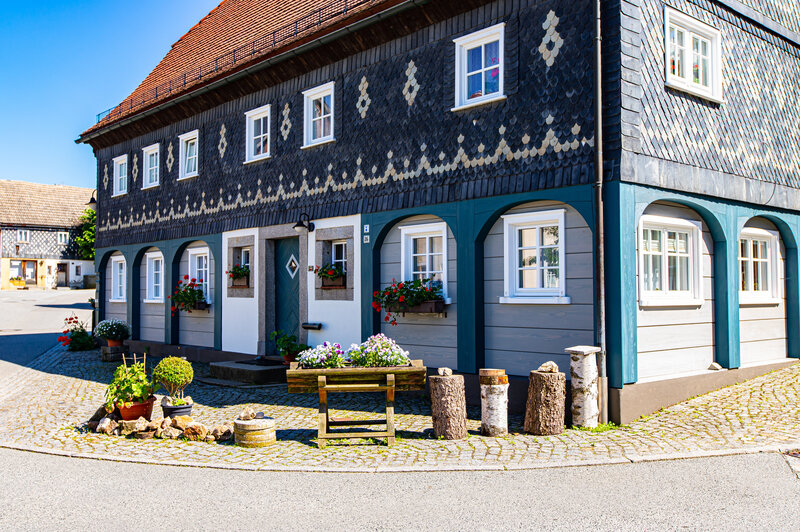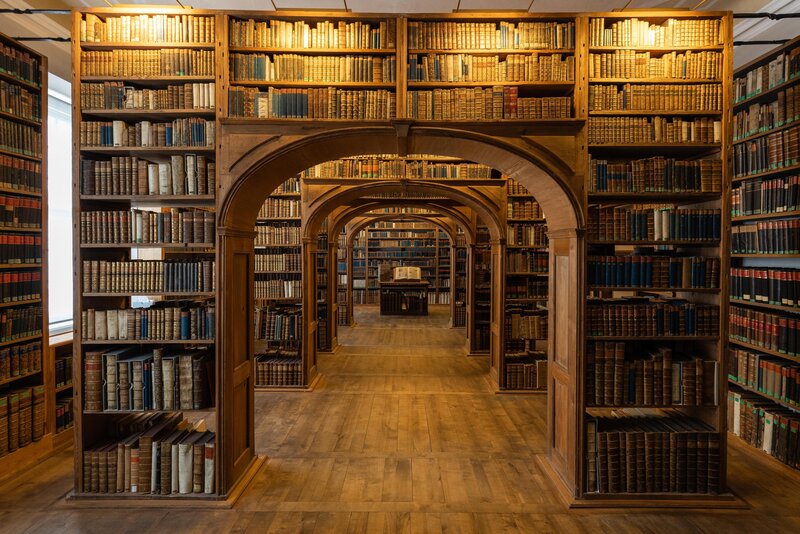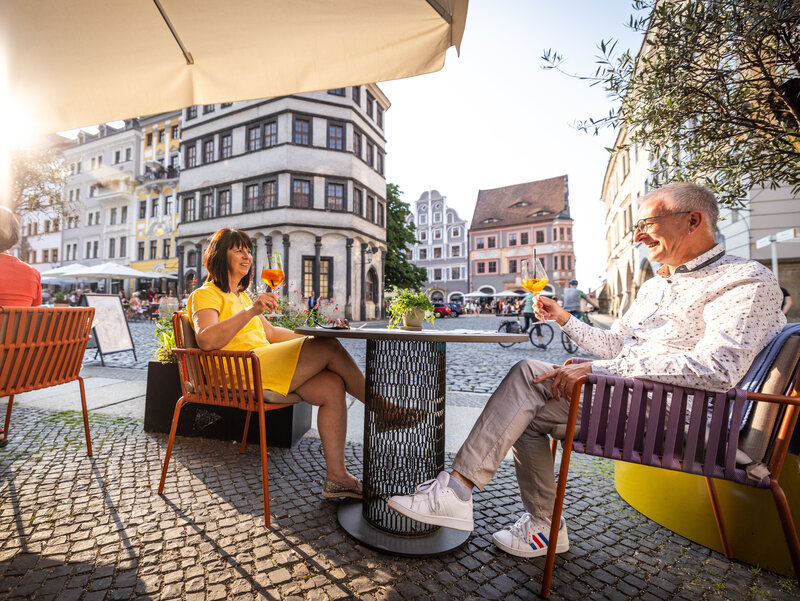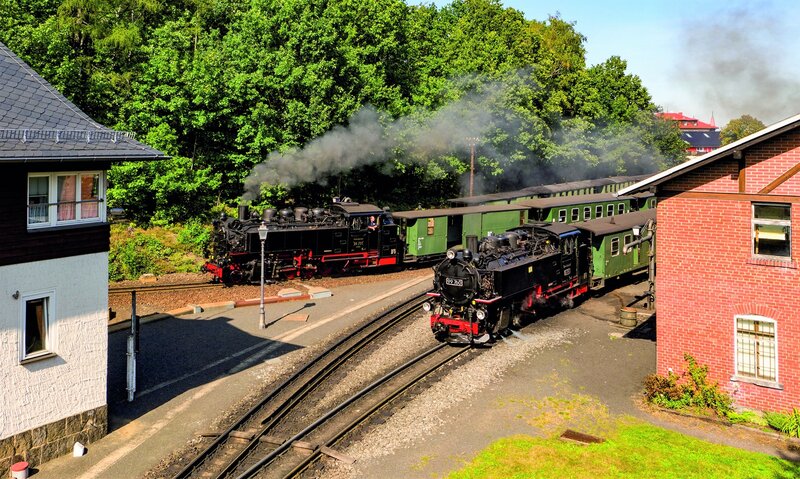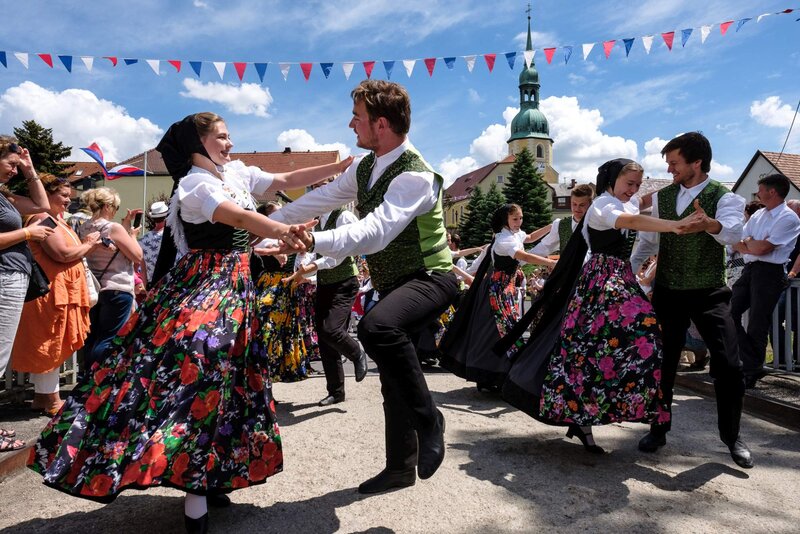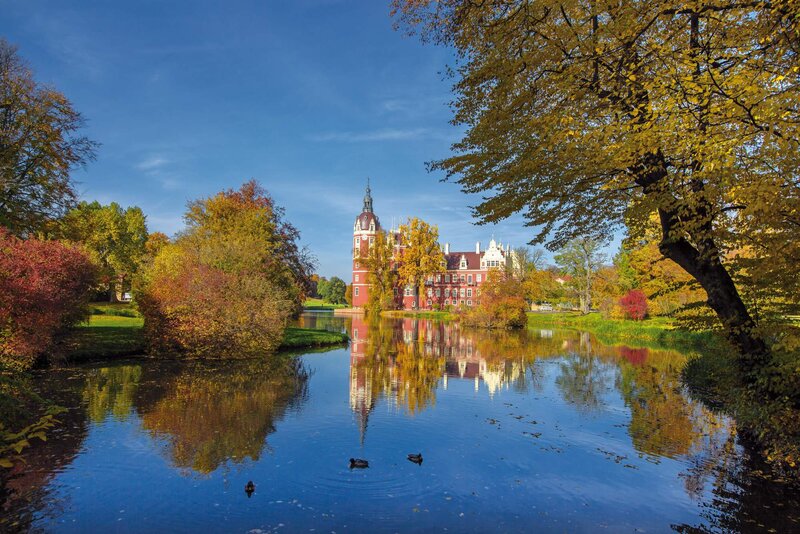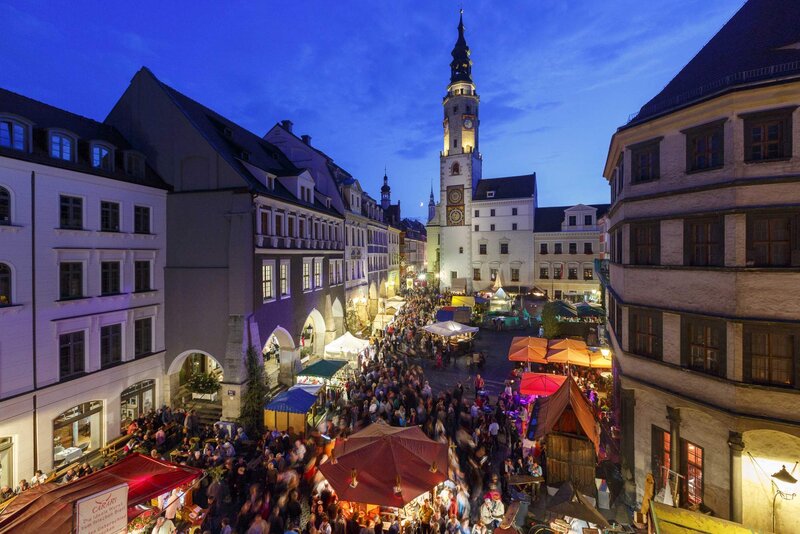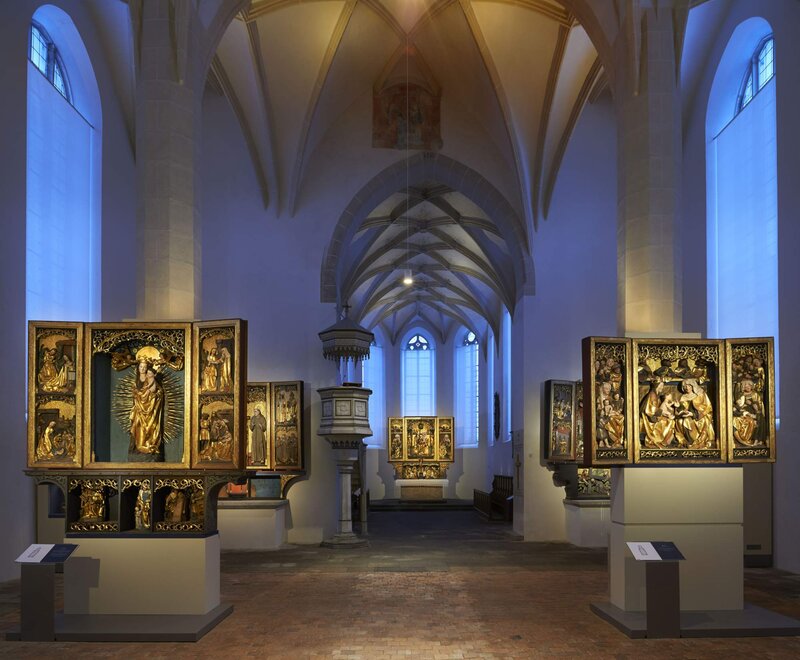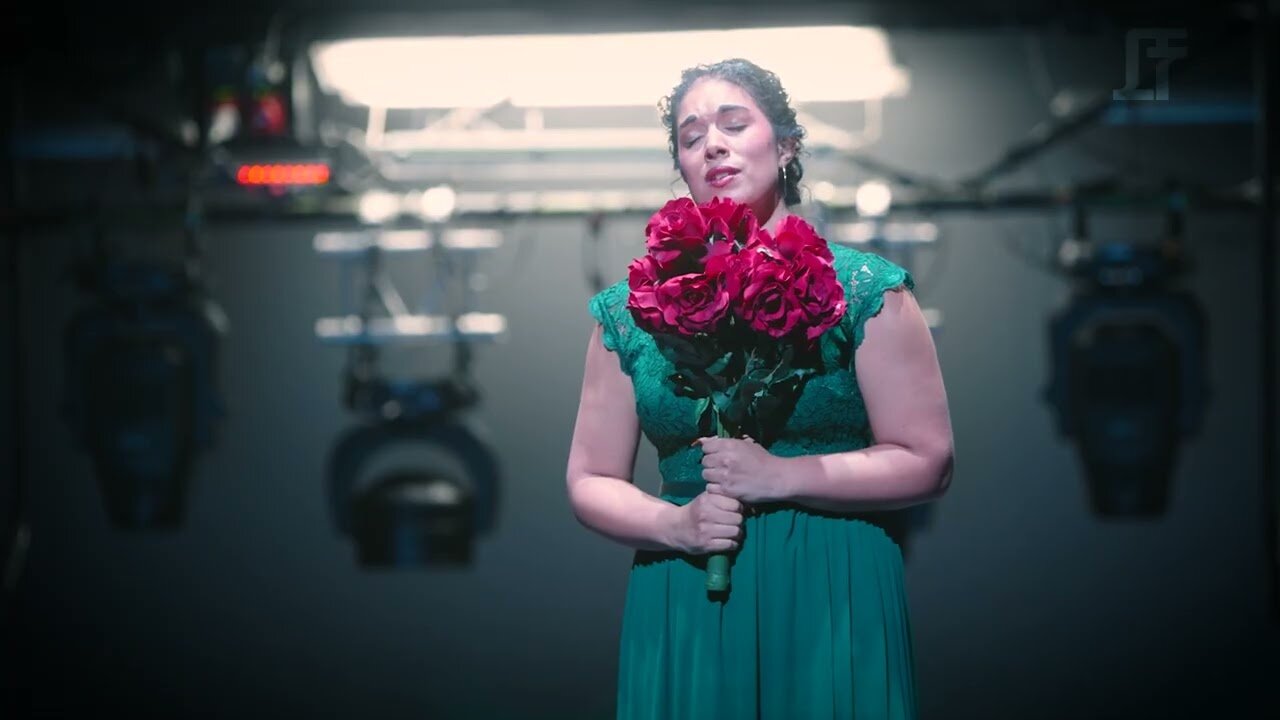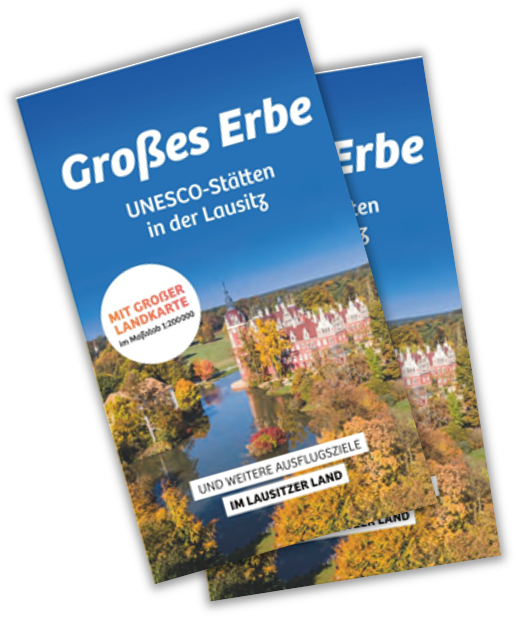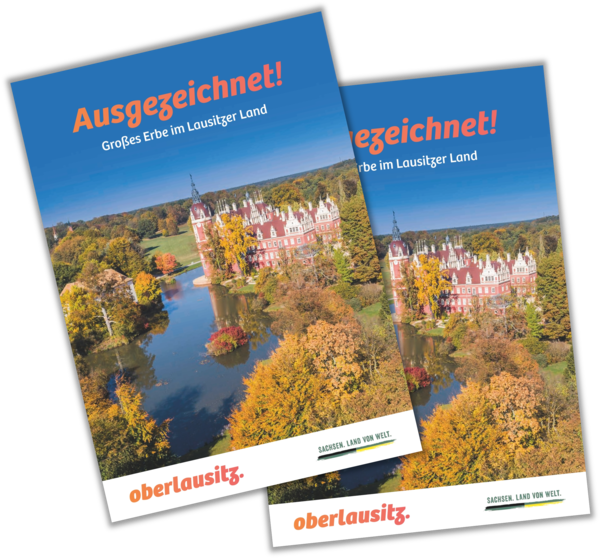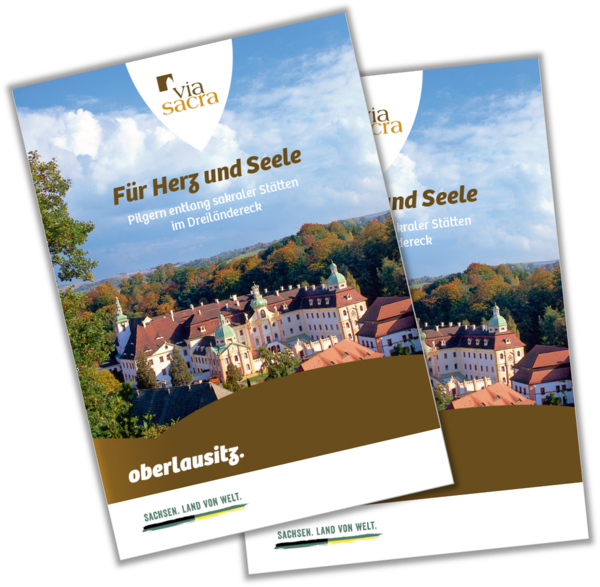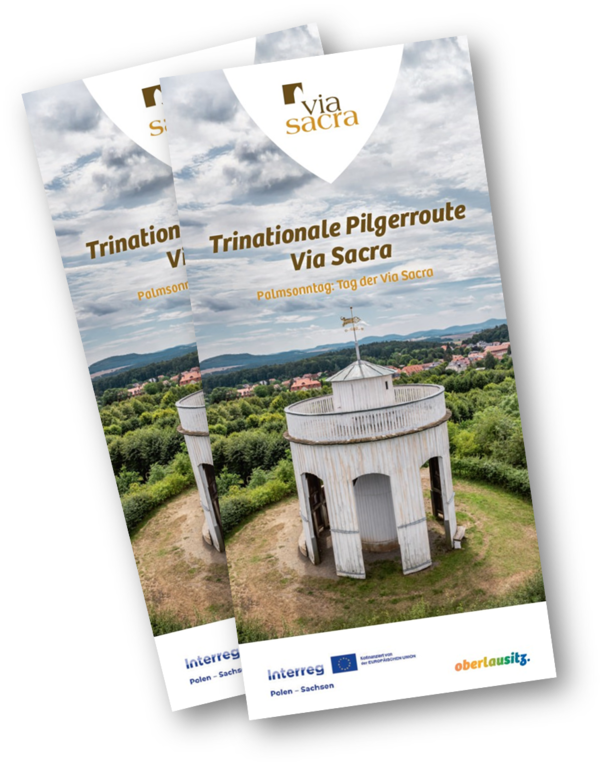Upper Lusatia offers a rich culture - developed from its exciting history
Welcome to the land of culture discoverers!
Discovering the innumerable facets of Upper Lusatian culture is a fascinating adventure. Magnificent buildings, lovingly cared for traditions, sacred treasures, artfully decorated surrounding areas - you can experience all this and much more up close here. Let yourself be inspired by the cultural treasures of the beautiful region in the border triangle Germany-Poland-Czech Republic, for example in the cities of Bautzen, Görlitz, Zittau, Löbau, Kamenz and Lubań. In order to protect their trade routes, these cities came together in 1346 to form a strong federation that lasted more than 500 years and which also helped them to prosper. Even today, imposing buildings, medieval fortifications and magnificent town halls testify to the former wealth of the cities of the Upper Lusatian Six-City Association. The old town of Görlitz has fascinated people for some time as the world-famous film set "Görliwood". Numerous sacred sights can also be found in the cities, for example the large and small Zittauer Lenten Cloth or the St. Petri Cathedral with its magnificent treasury in Bautzen. These sacred treasures are part of the Via Sacra, a tourist route that crosses borders through Upper Lusatia, Northern Bohemia and Lower Silesia. 20 church stations can be visited here over a distance of more than 500 kilometers. These include, for example, the Loreto Chapel in Rumburk or the Wang Church in Karpacz.
Are you more interested in well-known pearls of garden culture, historic castles and palaces? Then immerse yourself in the dream world of famous landscape architects and building artists. The German Upper Lusatia and the Polish Giant Mountains combine a multitude of unique buildings and green oases - for example the Fürst-Pückler-Park Bad Muskau, which is a UNESCO World Heritage Site, the largest rhododendron complex in Germany, which is located in Kromlau, and the Rammenau castles , Neschwitz, Lomnitz or Buchwald.
The half-timbered houses, which are mainly to be found in southern Upper Lusatia, are just as worth seeing. Its unique folk architecture is made into a feast for the eyes through numerous details, such as artful slats on the facade or ornate arches, which can only be marveled at in the land of cultural discovery. The rooms of these impressive buildings were often used for weaving. This craft is firmly rooted in Upper Lusatia, with damask weaving being a specialty. Pottery and blue printing were and are traditionally practiced in the region. Pulsnitzer Pfefferkuchen and Moravian Stars have achieved particular fame.
Another cultural highlight of the region are the Lusatian Fish Weeks. The first ponds were created in the region as early as the 13th century. Today one of the largest pond areas in Germany is located here, the Upper Lusatian heath and pond landscape. Fishing festivals attract numerous visitors in autumn. Dedicated restaurateurs invite you to enjoy culinary delicacies around the topic of "Lusatian fish".
One of the many cultural specialties that Upper Lusatia has to offer is a wealth of tradition that is second to none. The Sorbs are also at home here as the smallest Slavic people, whose language and extensive customs have been preserved to this day. For example, the Easter riding and the bird wedding have grown to become nationally known.
We cordially invite you to explore the land of cultural discovery yourself. Walk in the footsteps of the past or enjoy the numerous facets of Upper Lusatian culture in the here and now!
Lusatia Festival
From August 24 to September 14, the multidisciplinary festival invited visitors to Lusatia for extraordinary art experiences.
This year's inspirational motto "Anderselbst" ("Other Self") often led people from near and far to unusual places in Lusatia to experience art: in-house theater productions, Chinese Kunqu opera, readings, chamber concerts,
jazz and much more closely linked Lower and Upper Lusatia
.
The sixth Lausitz Festival will open on 25.08.2025. More information will follow shortly.
Impressions

